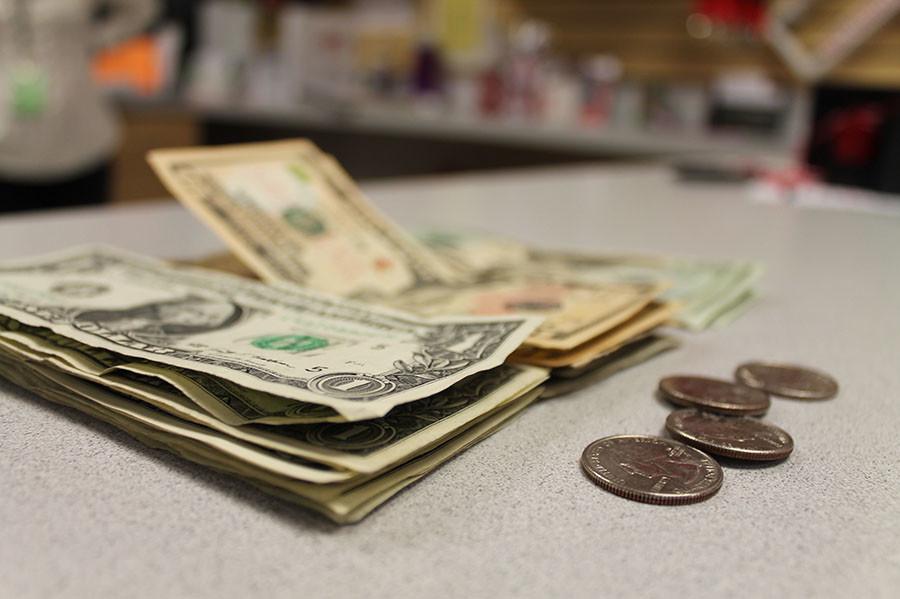Brand name schooling: can you buy better education?
The cost of private school learning versus that of public school learning can sometimes be outrageously greater, and cause people to count their change.
The choice is hard. I’m shopping around Macy’s at Southdale Mall in Edina, looking for new clothes. I’m in need of some nice shirts, but just can’t decide; do I go for the Polo Ralph Lauren, or the less expensive bargain brand? The only differences appear to be a small logo on the chest, and the price on the tag. This dilemma is too comparable to choosing between private and public education. What’s better, the brand everyone recognizes, or the cheaper one that’s just missing a logo?
For as long as my parents have had the means, they counted on their three kids attending private high school. I never questioned their motives, and I never argued with their decision. Now, as a senior graduating from Benilde-St. Margaret’s, I’m grateful for the investment my parents have made toward my education. BSM has given me the opportunity to join numerous clubs, sports teams, and be a part of the close-knit Red Knight community, but one question continues to plague me: did their money really buy me a better education?
Private schools in the media are portrayed as sanctuaries for the elite, a student body comprised of daughters of diplomats and sons of Senators. At BSM, that is certainly not the case. Most students come from middle-class families, and more than 19% of students rely on financial aid. For the most part, tuition puts a large burden on the budgets of families. Yet sadly, it can’t be proven that our education is any better because we’re paying for it.
In 2014, the State of Minnesota spent an average of $11,011 per public school pupil; BSM’s tuition for 2015-16 was $13,610. Even though one of these costs is funded by taxes, and the other is out-of-pocket, the numbers are relatively close. The amount of money spent on each student does not vary greatly between BSM and public schools, so where does the difference in education come from?
“I don’t think our education is necessarily better than public schools, but because we pay for it, it’s smaller and we get a more interactive experience with the teachers,” senior Celia Smithmier said. BSM’s average class size is 21.6, and with a total enrollment of 1,184, it’s almost one third the size of public high schools like Wayzata, with an enrollment of over 3,160 and student to teacher ratio of 27:1. Smaller class sizes ensure more individual attention and allow teachers to teach more efficiently and effectively. Smaller classes don’t let students hide in the back of the room; they provide “a greater chance for each student’s voice to be heard,” BSM English teacher, Mr. Tom Backen said.
When asked whether BSM offers a better education because its students pay, Mr. Tanner Stevens, a BSM physics teacher, hesitated only slightly before responding that “the scientific field has requirements to prove causation and correlation.”
When applying those principles, it cannot be concluded that BSM has a higher quality education simply because its students pay tuition; there are too many factors that need to be taken into account–– it would be similar to concluding that blackberries taste better than strawberries simply because they cost more.
I’m heading off to college next year, but the question of better education costing more is still relevant. Tuition alone for top universities such as Stanford costs up to $45,000 annually, while tuition at community colleges like Normandale is only $4,825 annually. Is Stanford’s education really nine times better than Normandale’s, because they charge nine times more for tuition?
Normandale’s Director of Admissions, Nancy Pates, had this to say: “The cost of tuition is not indicative of the quality of the education received. I don’t feel qualified to speak about the quality of Stanford, but I can tell you that Normandale offers an outstanding educational experience. Many other factors, beside the coursework, factor into the higher cost of tuition: sports programs, buildings and facilities, technology, et cetera,” Normandale’s Director of Admissions said. So, it’s not necessarily the quality of education that causes the tuition gap– it’s the school, facilities, and technology.
BSM’s skeleton remains the same long hallway that was built in 1956, but since then it has undergone a series of major additions: the Haben Center, the Moore Library, the Hamburge Theater–– basically if BSM was a celebrity, it’d be Joan Rivers. In 2010, BSM even unveiled a brand new turf stadium and other revamped athletics amenities. Not to mention the recently updated fleet of laptops that is visible in every BSM classroom. Upgrades as simple as new editions of Jane Eyre novels are often taken for granted at BSM, and surprisingly a lot of public schools have that same luxury.
In February of 2014, Wayzata residents voted in favor of $109.645 million in bond funding to expand Wayzata High School, build a new elementary school and upgrade safety, security and technology infrastructure districtwide. Not every district has the same means as Wayzata, but it’s certainly not an outlier; referendums to increase funding for public schools are being voted on all across the metro. So if facilities in most public schools are being updated just as often as BSM’s, the question remains as to what my parents’ $50,000 spent on a private education is really getting me.
There is a certain quality that sets BSM apart from public schools in the state. An unquantifiable factor that makes paying tuition well worth it. It’s comparable to the Chemical X that makes the Powerpuff Girls so special, or the secret ingredient that renders Krabby Patties irresistible. For argument’s sake, we’ll call this the the “Red Knight Factor.” But what does that really entail?
“Community–– but it goes much further than that: there are people you don’t like, you’re not friends with everyone, there’s still a lot of friction. But when something tragic happens to anyone in the Red Knight community, the outpouring of support and sympathy is overwhelming. When push comes to shove, we have each other’s backs unconditionally,” Student Council President, Peter McCague, said.
History goes to show that our resilience as a school is truly incredible. When Jack Jablonski suffered his tragic accident, our school rallied support through white-outs, common baskets, social media, shirts, and even a pond hockey tournament. The unity of the student body amazed the outside world. The sense of community remains a large draw for prospective families, as well as a reason for alums to send their children. BSM coined the term “it’s a great day to be a Red Knight” and we live that motto every day.
I stood in Macy’s for a long time trying to decide; I ultimately chose the brand name shirt and never looked back. I don’t regret going to BSM, and I’m glad my parents picked a private school: I’ve made some amazing friends, I’ve connected with most of my teachers, and I’m proud of the education I’ve received. The statistics don’t lead to a definitive answer, and quality is all relative. At the end of the day, the only difference may be the brand name label, but it’s a label I trust–– and a school I’ve come to love.


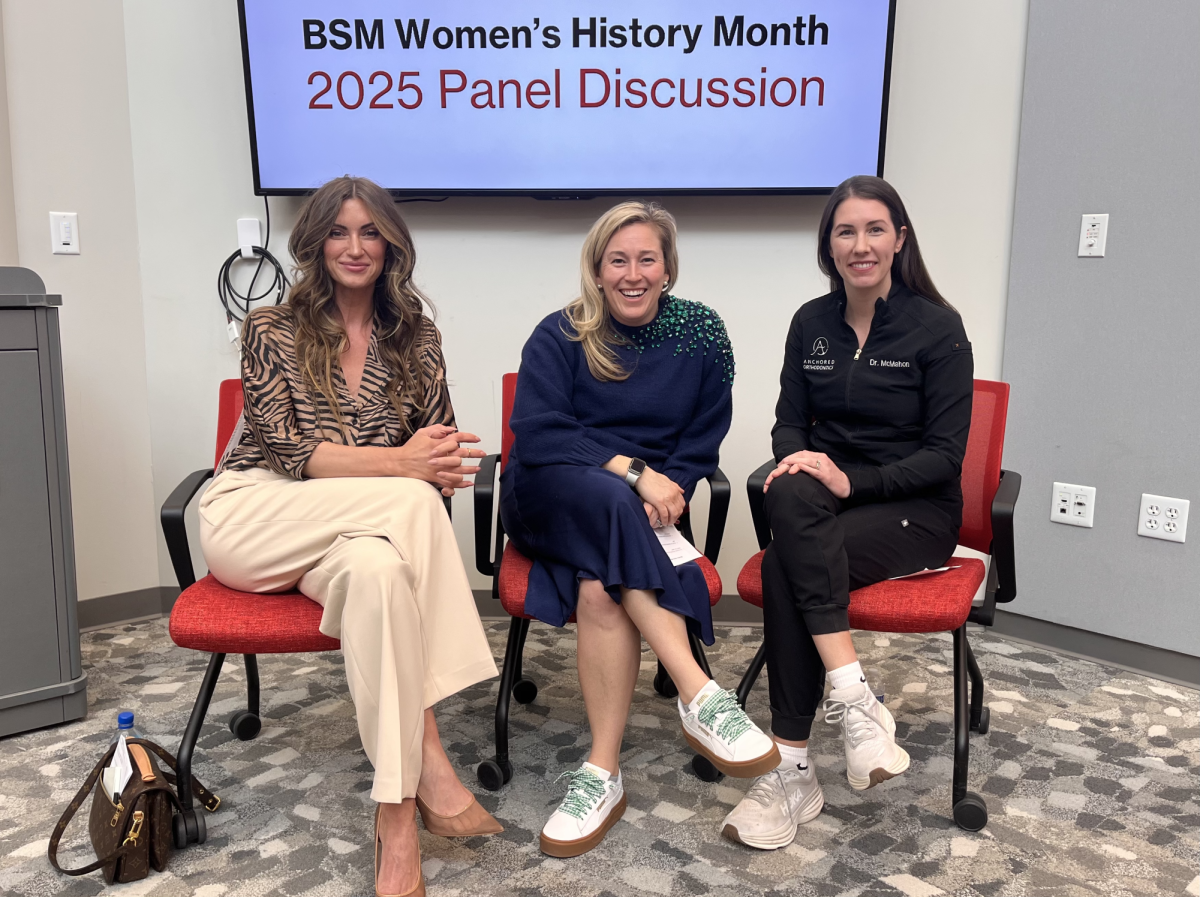
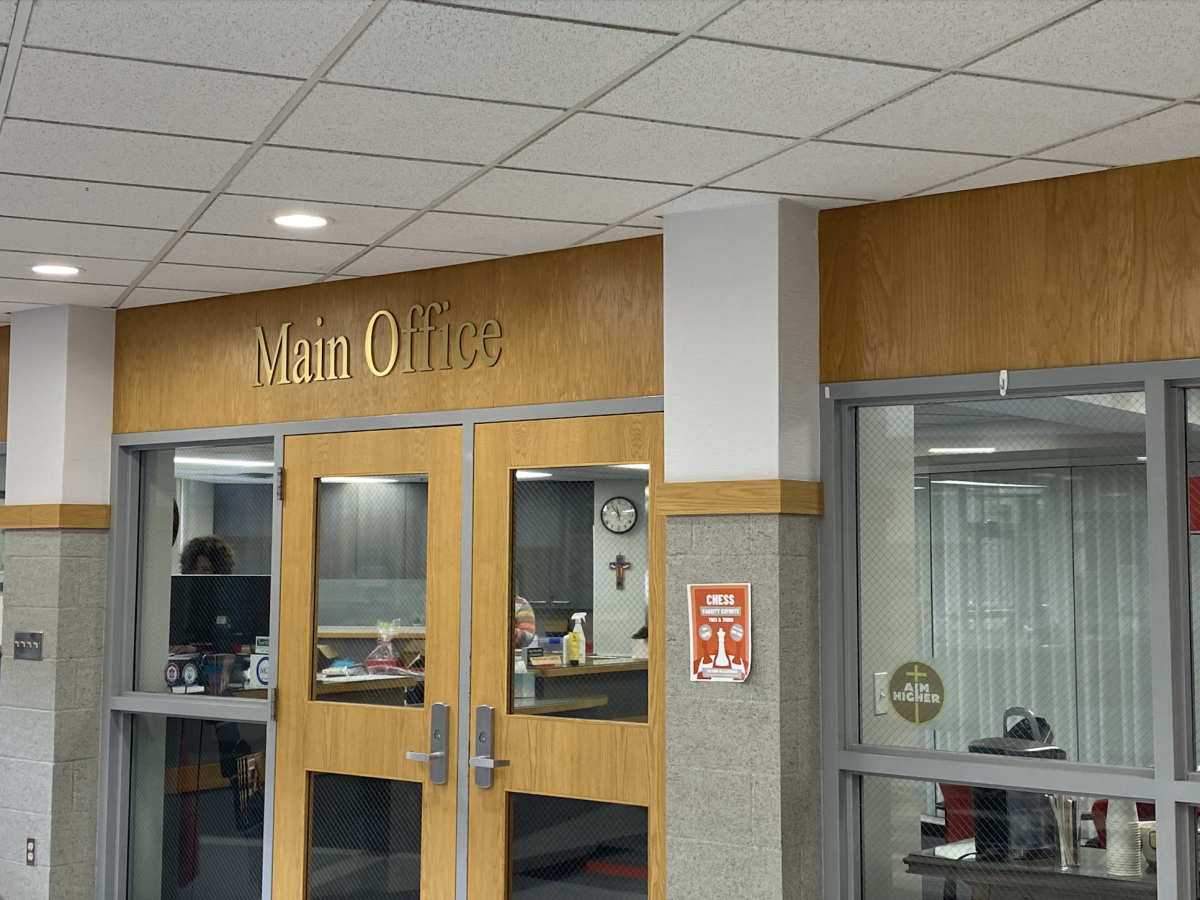
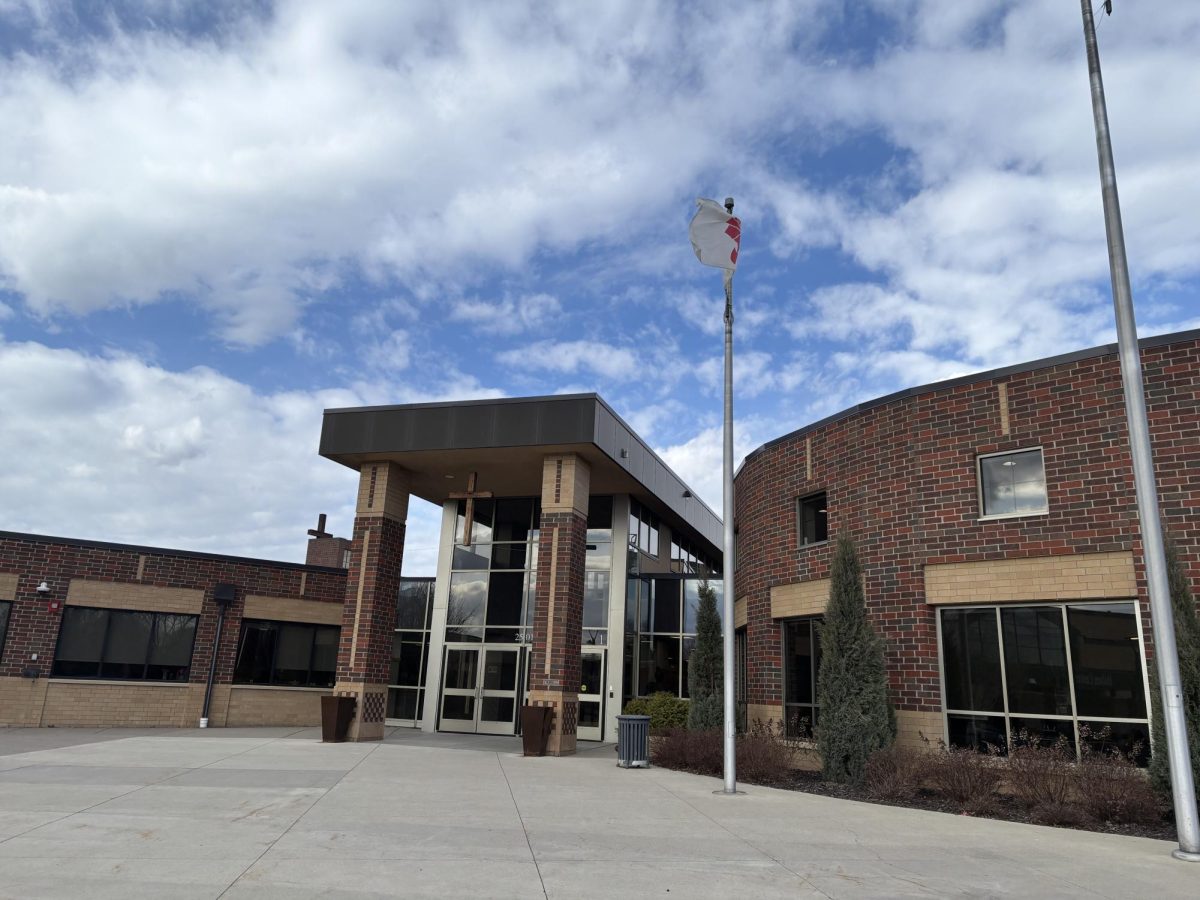
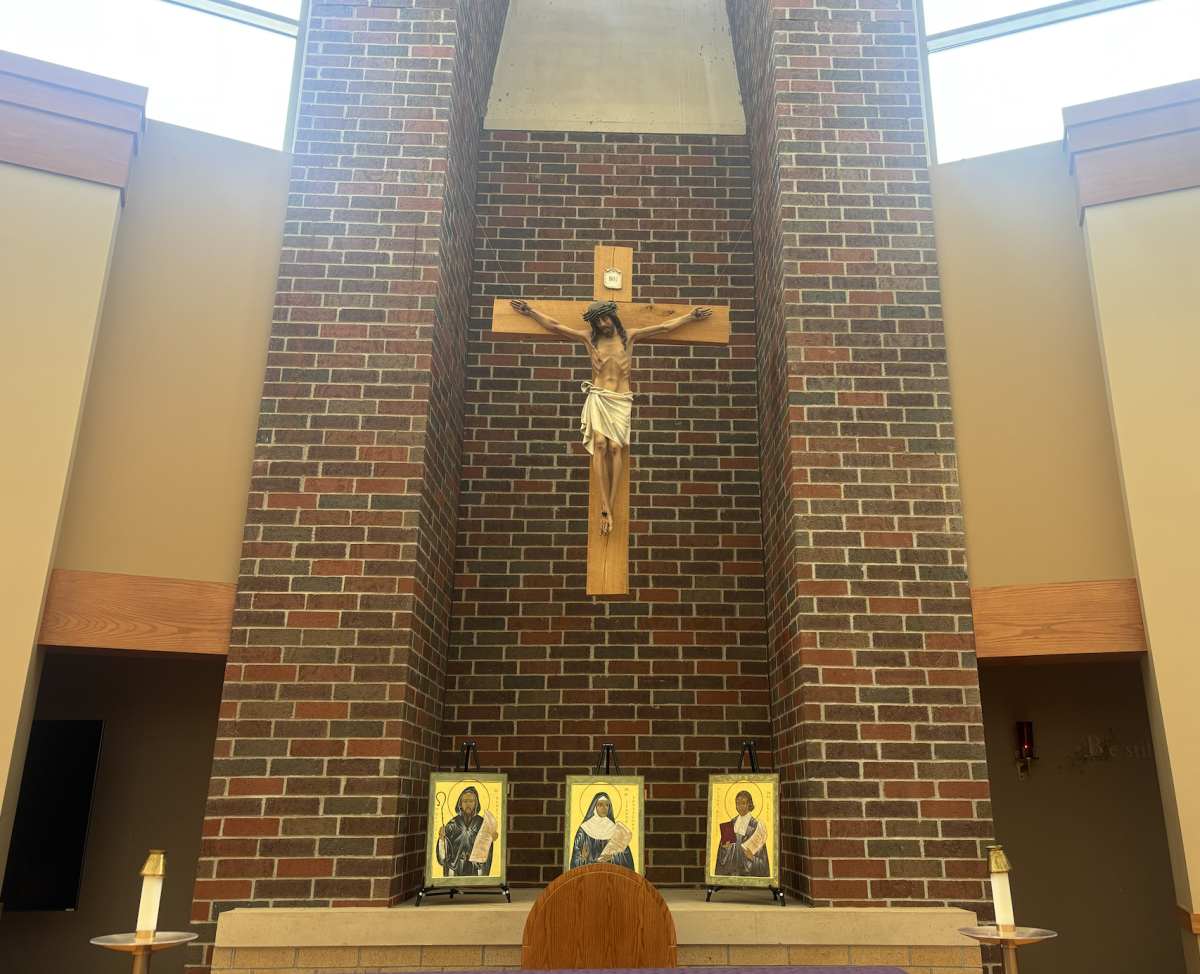
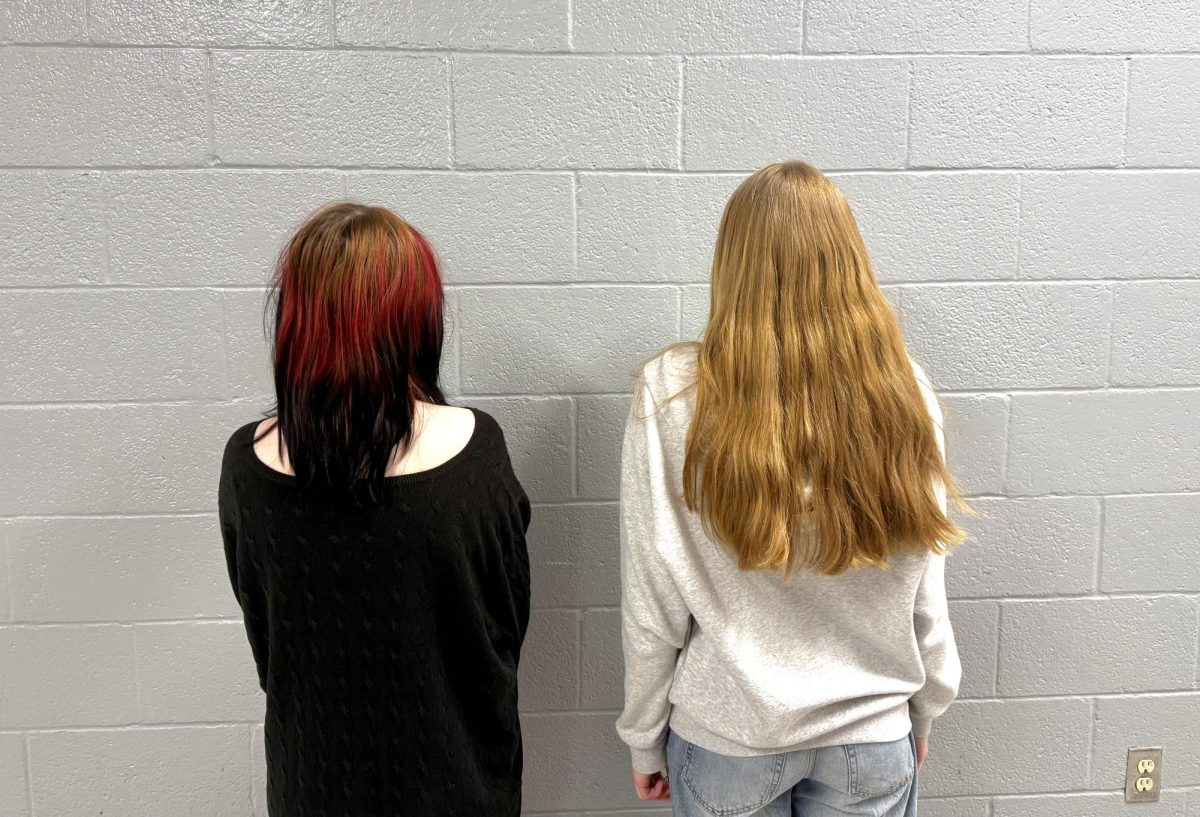
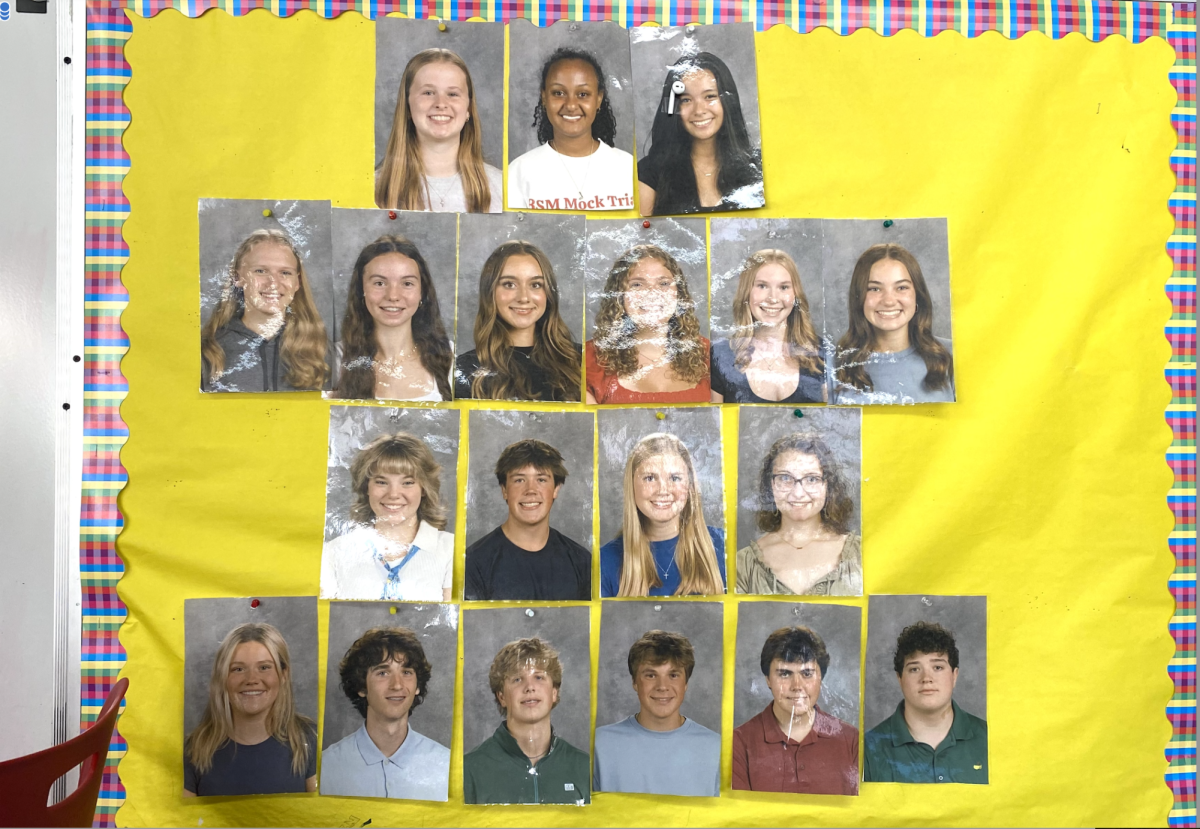
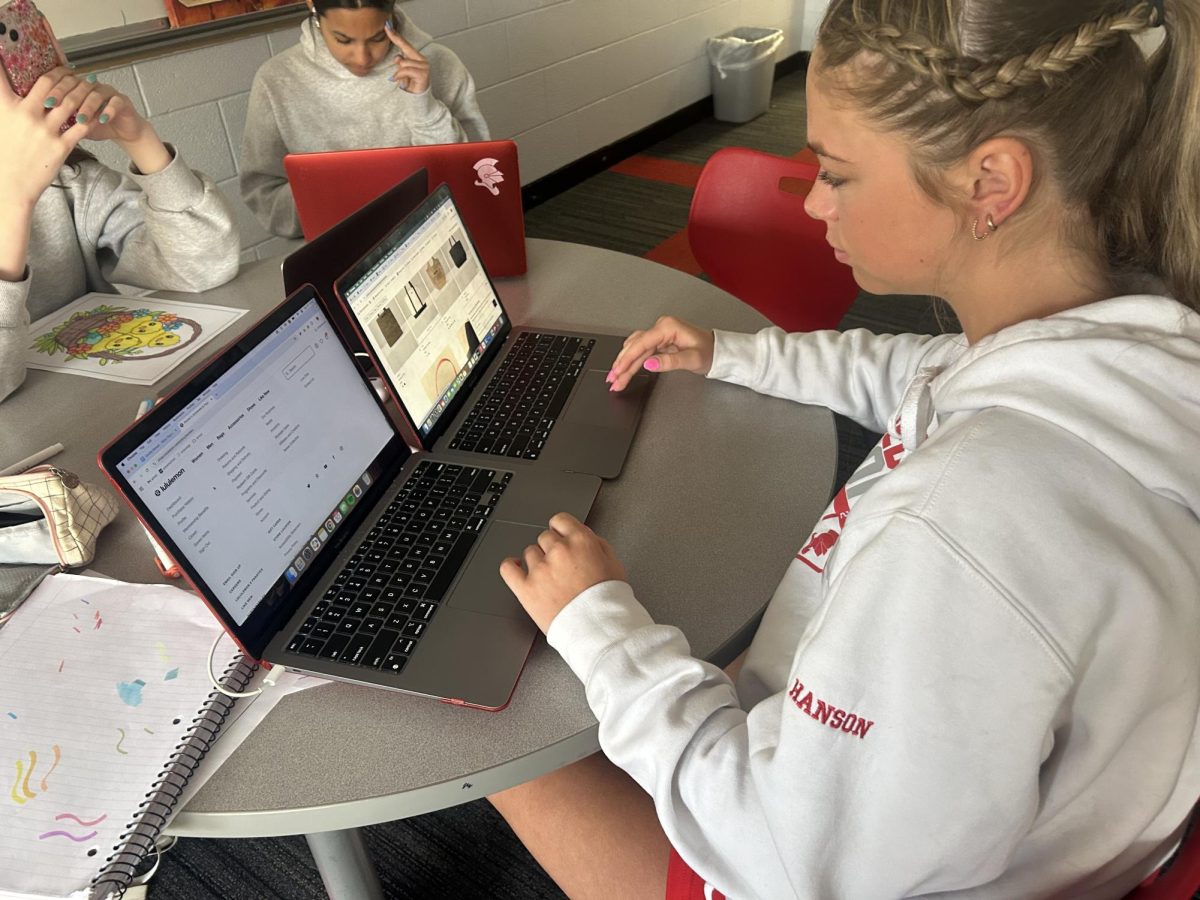
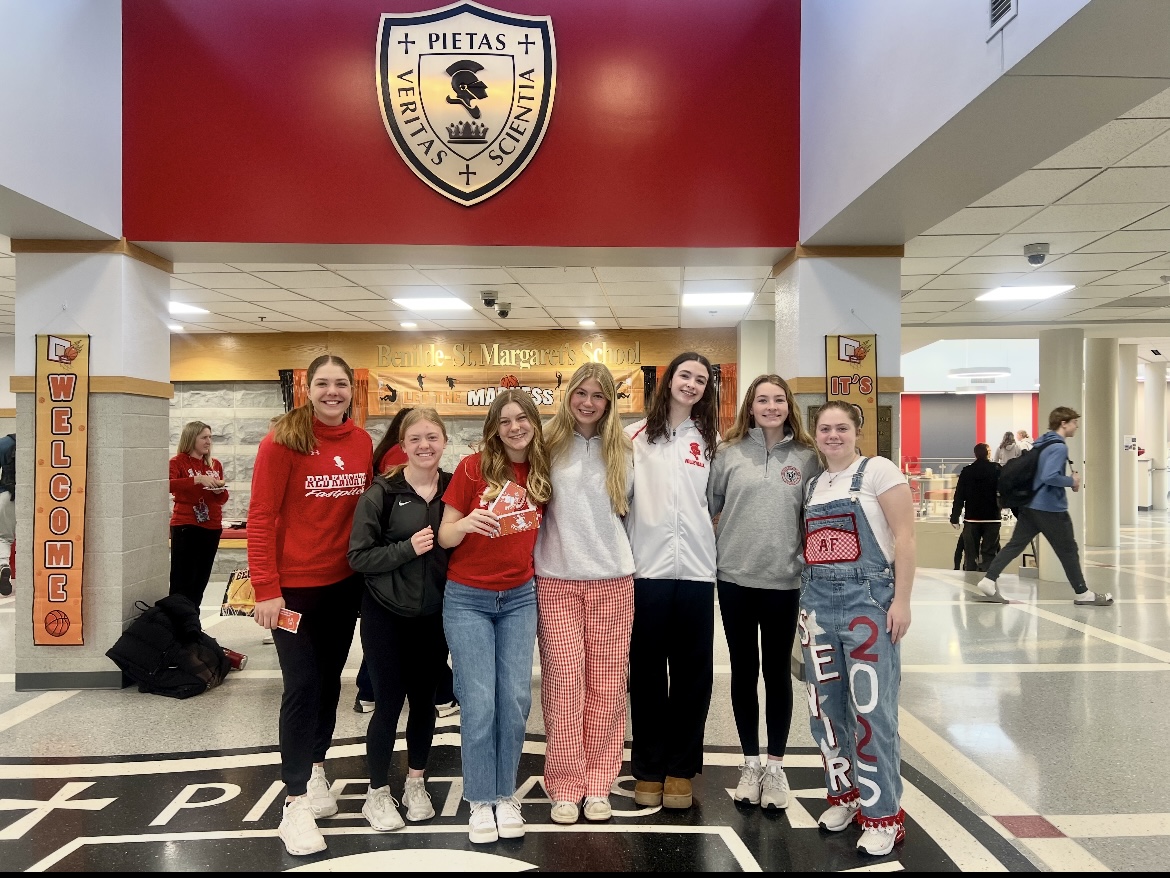
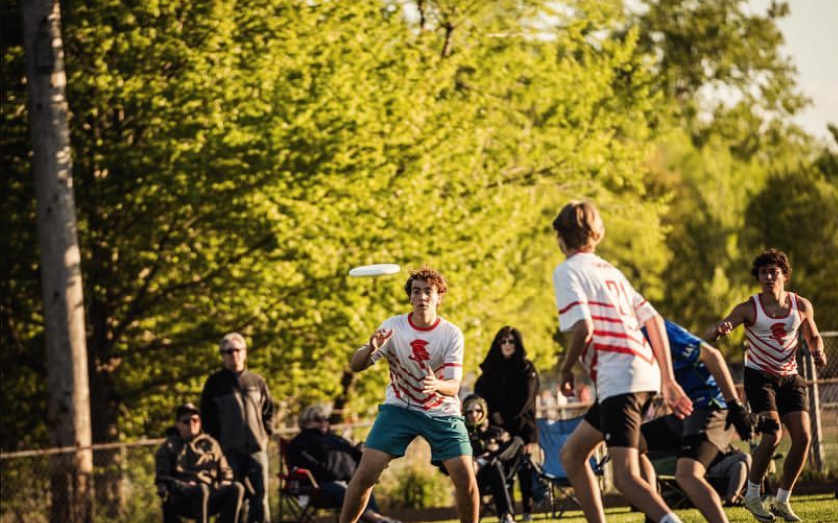




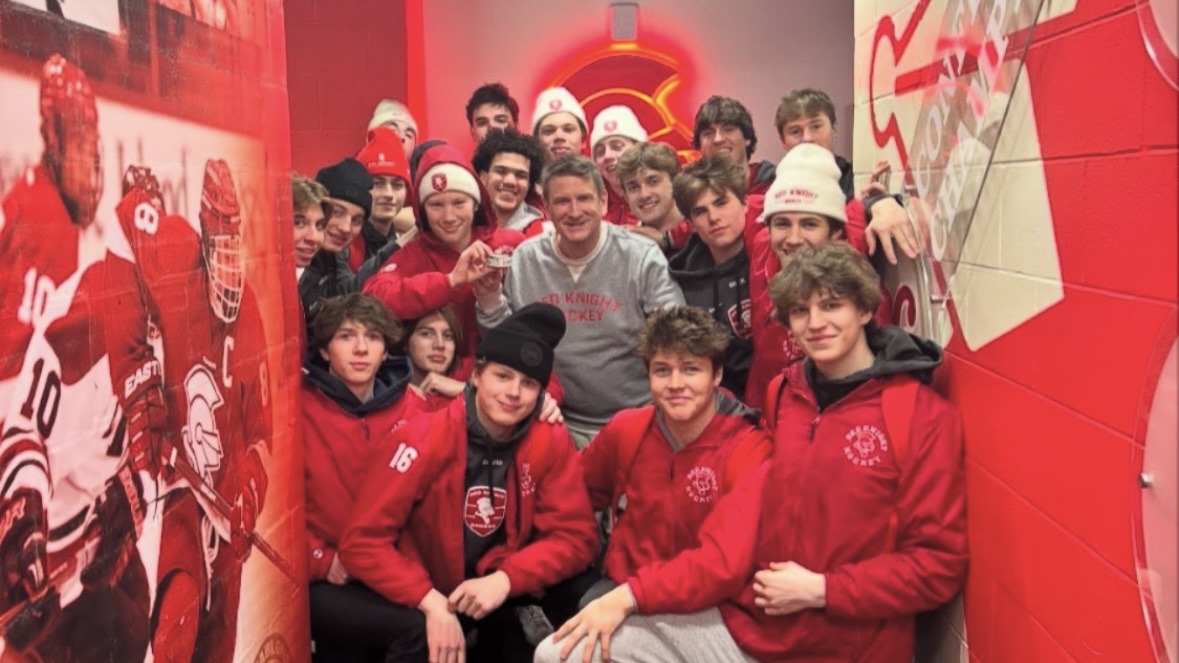







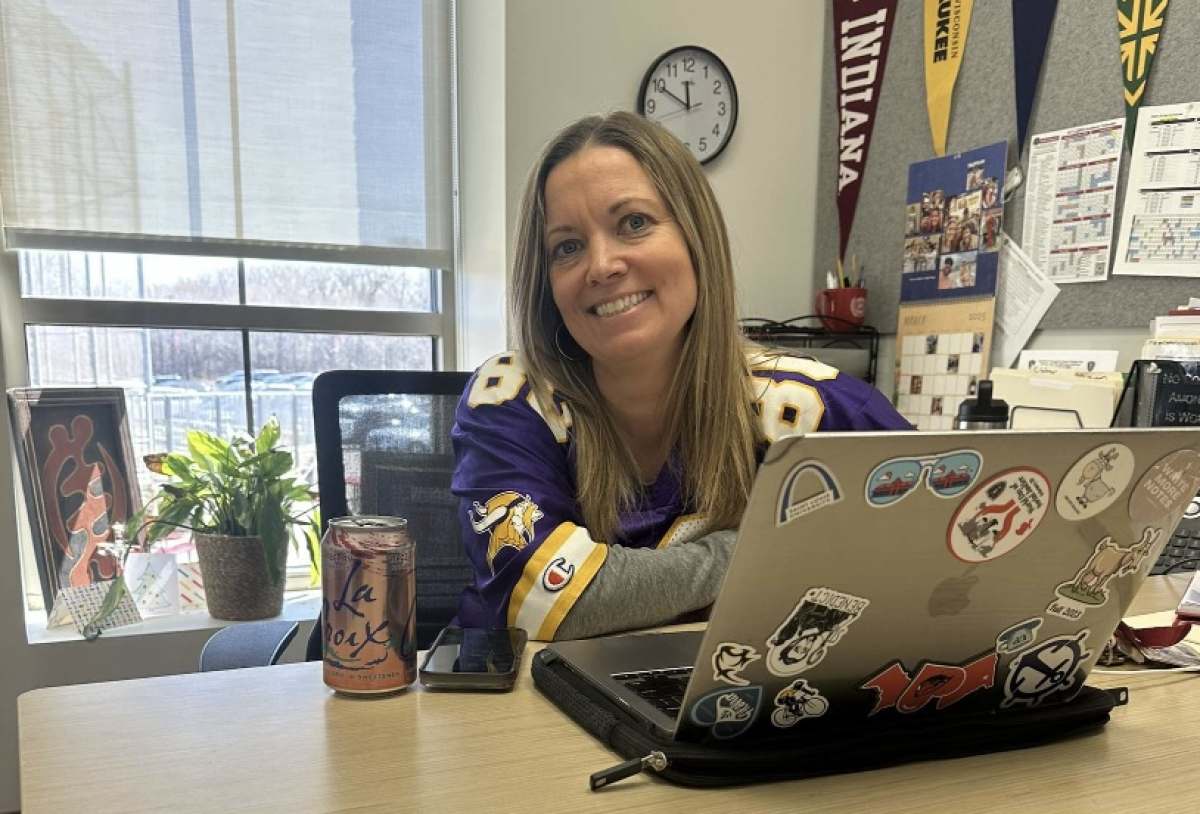

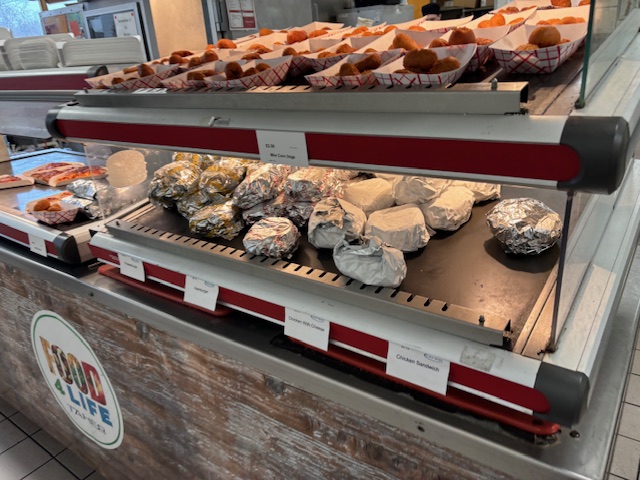


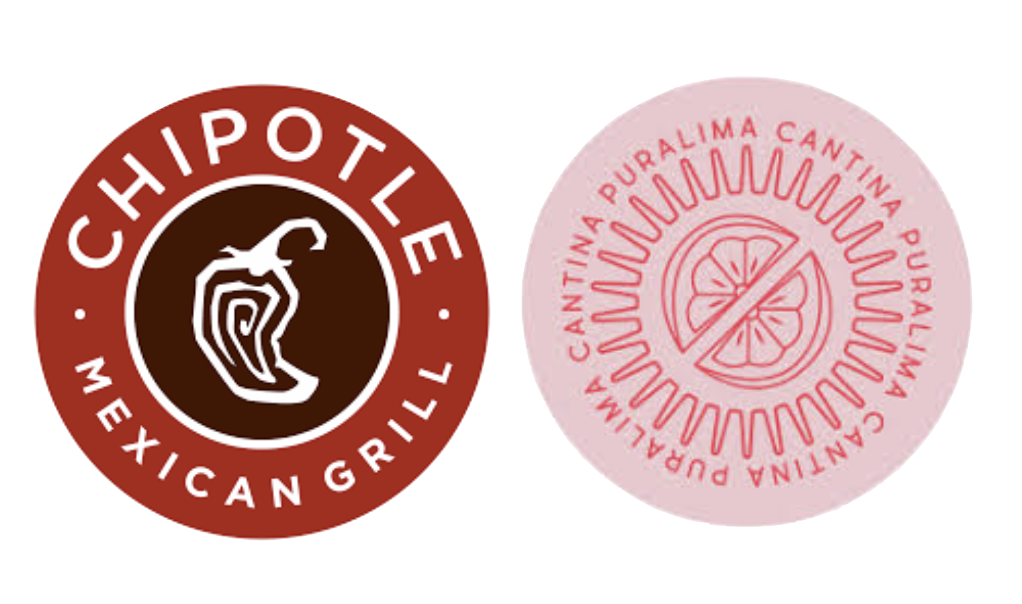
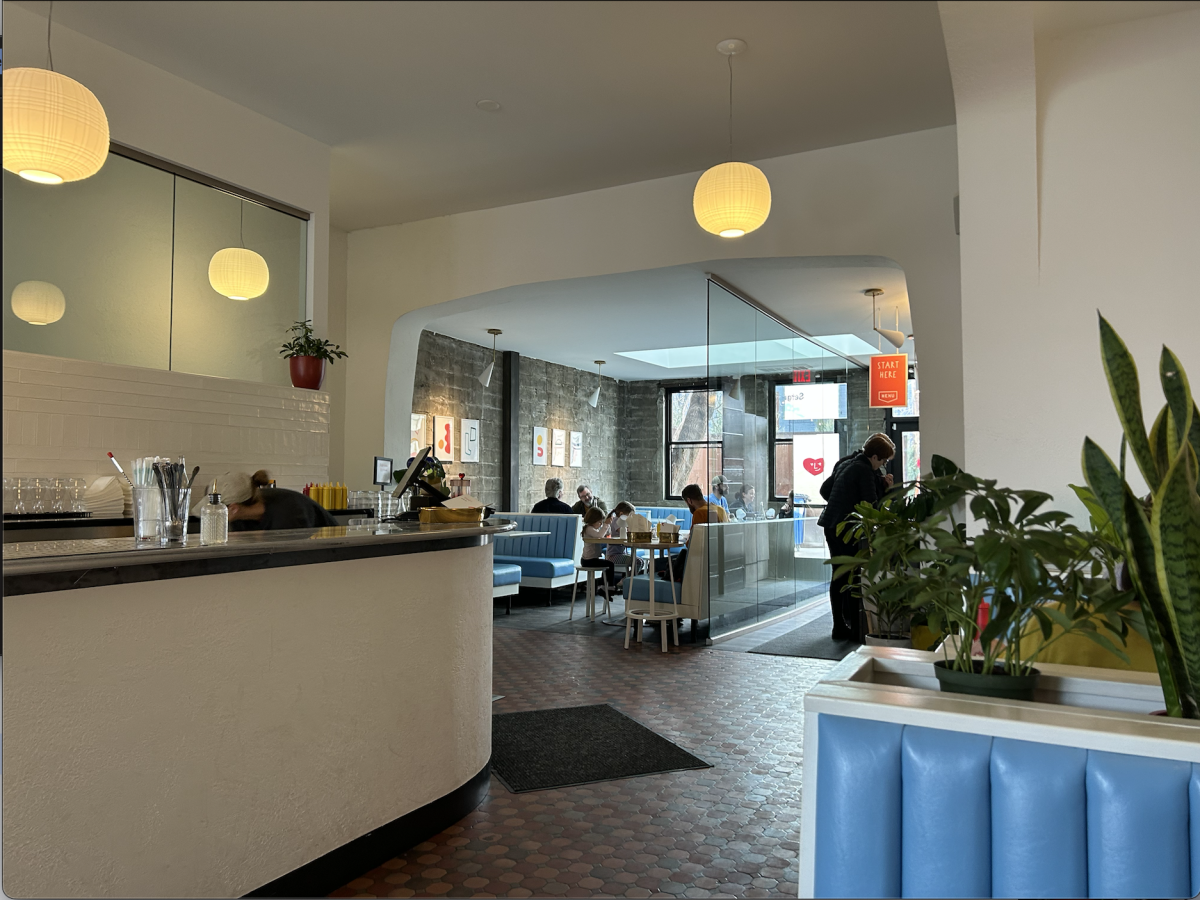
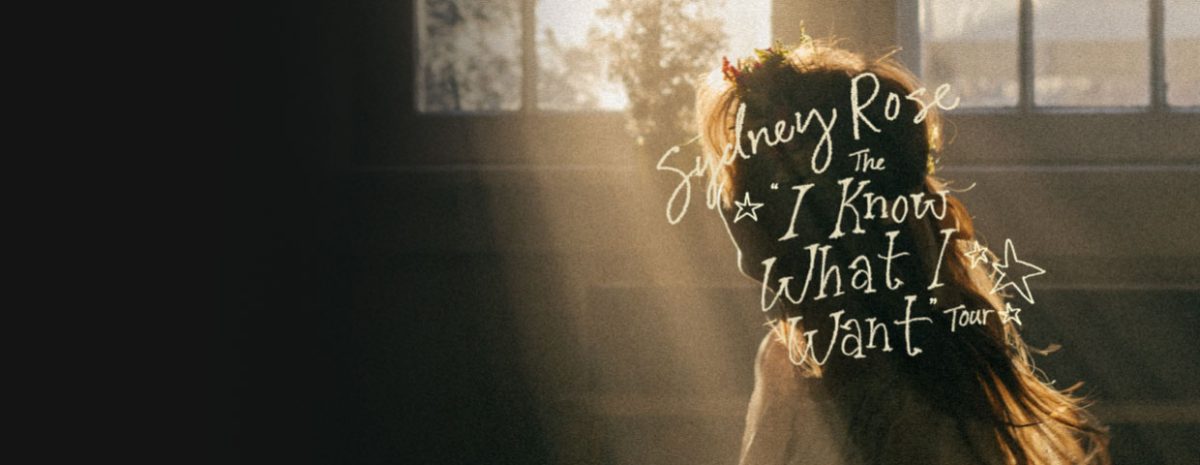





![Teacher Lore: Mr. Hillman [Podcast]](https://bsmknighterrant.org/wp-content/uploads/2025/03/teacherlorelogo-1200x685.png)




